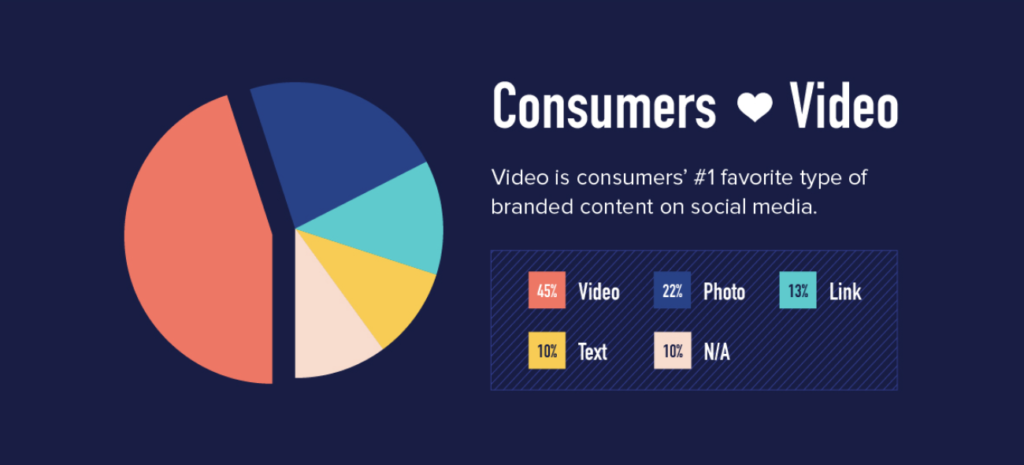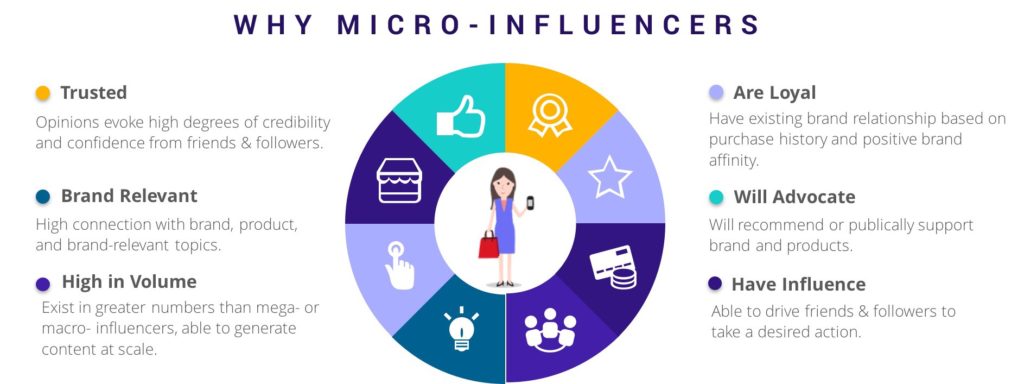Try These Tactics to Meet 2020 Marketing Goals
We made it. 2020 is here and 2019 already feels like a long-lost memory. There is something exciting about the first days of a new year – the optimism and excitement of something new, similar to the feeling of the first day of school or, even better, the first day of summer break. It gives us all an opportunity to reflect on the ups and downs of the previous year and to plan out something new, exciting and adventurous for the coming year.
I take this boost in energy to plan out some big goals for 2020, both personally and professionally, then hit the ground running!
Marketing is ever-changing and evolving as the technological landscape shifts to meet our needs from a consumer and professional perspective. There are some old tactics, some new and some adventurous that I think will define 2020 and challenge us as marketers to meet our goals in this dynamic industry.
Google Analytics
For many years, Google Analytics has provided us with customer and web data that allowed us to make data-driven decisions, to see what works and what doesn’t and decipher traffic sources, audience segmentation and many other data points.
But is this enough?
I wish it were, but the landscape has changed and it seems that Google Analytics hasn’t. Now, this isn’t to say that we need to do away with GA and adopt a new platform entirely, but we do need to supplement our data to meet new marketing channels.
As marketers we need to know more – more about our audience, more about our competition, more about our business. Just more. This yearning for data has shaped the technology landscape over the last decade from 150 software solutions to over 7,000, each satisfying one of our many needs!
Not only have the marketing solutions evolved over the years but so have the marketing channels we use. The days of driving traffic from search engines and email have evolved and so must our data capabilities.
It is important that we can track data beyond a simple website transaction because this is not where everything is happening anymore, whether we are looking at voice search or affiliate marketing. The channels have changed and therefore our tracking and reporting must adapt.
Many of your marketing efforts in 2020 are going to be direct-selling opportunities, whether we are talking about shoppable posts, influencer marketing or direct messages, it is a must that we can track the ROI on these campaigns. Having a dashboard that allows you to see the ins and outs of these engagements will allow you to make better data-driven decisions as to what is working and what is not.
Video
Although video is not new, it is continuing to increase in popularity year over year. In 2019, 5 billion hours of YouTube were watched daily. And 80% of individuals between 18-49 watch YouTube. If that doesn’t get you excited to start creating video content… I don’t know what will!
“But Pierce, YouTube isn’t for us.” That’s fine, video content can be created and shared on a number of different platforms, but at the end of the day, would it hurt to have your videos on YouTube? I don’t think so. Let’s not get caught up with YouTube though. There are a number of different opportunities for video content, from your website to social media and everything in between.

Think outside of the proverbial video box. Maybe instead of a blog, make a video that covers the same content or test your chops with live streaming. Up to 80% of your audience would rather watch a live stream than read a blog!
Many social media influencers have paved the way for us to utilize video in our marketing tactics. None more than the infamous Gary Vaynerchuck, who has managed to break the mold on traditional video marketing campaigns and has shown us that any video is good video.
From 10-second clips to three-hour interviews, audiences are consuming video and an almost alarming rate. Although there are always rules and best practices for all marketing tactics, I challenge you to think beyond any “how-to” you read (or watch) and to test your audience, yourself and your marketing department to figure out what works and double down!
Shoppable Posts
You may have seen little purchase dots scatter about social posts over the last two years, but we have a sneaky suspicion that 2020 will be the “Year of the Dot.” We expect to see an increase in shoppable posts due to changes in the consumer marketplace but primarily to the ease of integration with third-party applications that facilitate this type of purchase.
As social platforms grow in size, whether we are talking Facebook, Instagram or Pinterest, shoppable posts will follow. These buying opportunities scattered throughout your feed are the 2020 version of candy at the register. Quick and easy. These post types also help to reduce bounce rates and abandoned carts as there are fewer opportunities for the user to exit.
If you haven’t tried out shoppable posts, give it a shot. These can be done manually with minimal investment and if you need help, well, we know some people!
Micro-Influencers
Influencers have been around as long as products have, but social influencers have seen a substantial boom over the last handful of years, so much so that they run their platforms like an enterprise.
The problem we are seeing with large-scale influencers is that due to popularity and demand, they now control the marketplace and essentially call the shots. Brands have little to no input in how their products are portrayed, unless of course, the price is right. The days of sending out products or discount codes are a thing of the past, between payment tables, price lists and management… yes, management. This immense growth has pushed many businesses away from influencer marketing… until now!
Enter, the micro-influencer. These are influencers who have a smaller, more niche following, They are the workhorses of social influencing that almost brings us back to the, dare I say it, the good ol’ days.
Not only are micro-influencers more affordable, but they tend to have a better engagement with their audience. Some studies are showing that these individuals are more trusted than their macro counterparts.

These are just a few of the opportunities that we will be focusing on for 2020. Will we be right or will we be wrong? Only time will tell!
We are confident that there will be a rise in these marketing efforts over time and are excited to bring these opportunities to you and your organization. If you have any questions or want to further the communication, feel free to reach out to us here.
Cheers to 2020!



